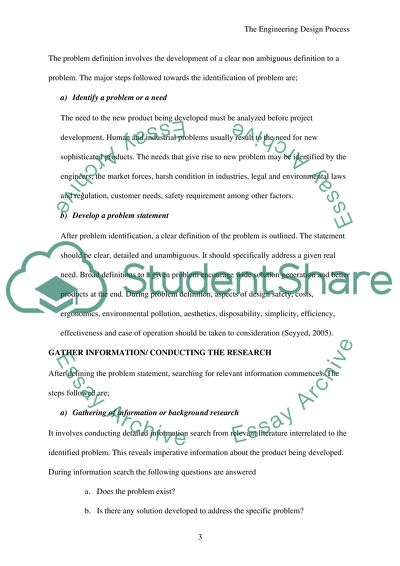Cite this document
(“The Engineering Design Process Essay Example | Topics and Well Written Essays - 1750 words”, n.d.)
Retrieved from https://studentshare.org/technology/1516160-the-engineering-design-process
Retrieved from https://studentshare.org/technology/1516160-the-engineering-design-process
(The Engineering Design Process Essay Example | Topics and Well Written Essays - 1750 Words)
https://studentshare.org/technology/1516160-the-engineering-design-process.
https://studentshare.org/technology/1516160-the-engineering-design-process.
“The Engineering Design Process Essay Example | Topics and Well Written Essays - 1750 Words”, n.d. https://studentshare.org/technology/1516160-the-engineering-design-process.


